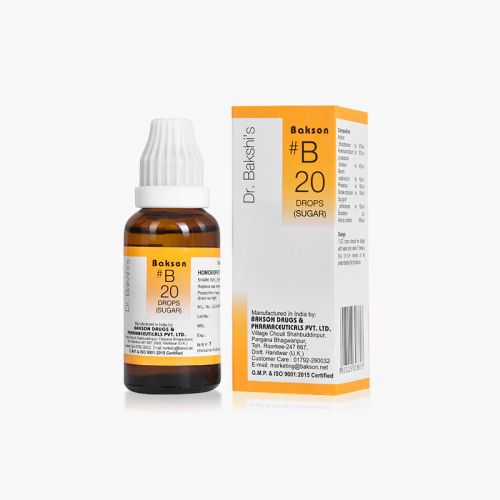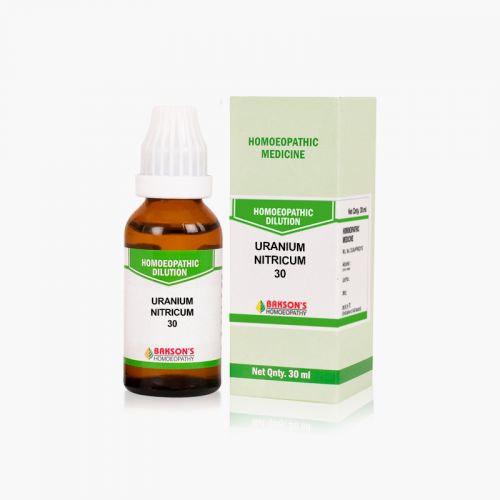We use cookies to make your experience better. To comply with the new e-Privacy directive, we need to ask for your consent to set the cookies. Learn more.
What is Pre-Diabetes?
Prediabetes is the condition preceded by diabetes mellitus. It is a chronic metabolic condition where blood glucose levels are above the upper threshold considered normal but below the threshold for a diagnosis of diabetes. Hence, the sugar levels do not meet the required criteria for the diagnosis of diabetes mellitus.
The prevalence of prediabetes is increasing worldwide and it is projected that more than 470 million people will have prediabetes in 2030. The condition starts with the simultaneous presence of insulin resistance and beta cell dysfunction abnormalities that start before glucose changes are detectable.
Risk factors
Following are the risk factors that increase the likelihood of developing a prediabetic condition-
- Overweight or obesity (especially a body mass index (BMI) greater than 25 kg/m^2)
- Family history of diabetes mellitus (parent or sibling)
- Diabetes during pregnancy (gestational diabetes)
- High-risk ethnic groups: African American, Latin America, Native American, or Asian/Pacific Islander.
- Hypertension
- Physical inactivity
- Dyslipidemia with levels of HDL cholesterol less than 40 mg/dL (men) or less than 50 mg/dL (women) or triglycerides more than 250 mg/dL.
- Polycystic Ovarian Syndrome
Sign and symptoms
Majority of the patients do not complain of any signs or symptoms which mandates an appropriate screening and monitoring especially in those with a family history. However, following symptoms may be noted in very few patients-
- Increased appetite
- Unexplained weight loss/weight gain
- High BMI
- Weakness
- Fatigue
- Sweating
- Blurred vision
- Slow healing cuts or bruises
- Recurrent skin infections/gum bleeding
Diagnosis
The following tests can be used to screen for prediabetes:
- 12-hour Fasting blood glucose levels: If blood glucose levels fall between 100 mg/dL to 125 mg/dL, it is diagnostic of prediabetes.
- Two-hour glucose tolerance test: This test measures blood glucose levels before and after ingestion of 75 g of glucose solution; if the test shows blood glucose levels that fall between 140 mg/dL to 199 mg/dL, it is diagnostic of prediabetes.
- HbA1c test: measures the average blood glucose level over the last 2 to 3 months. If it falls between 5.7% and 6.4%, it is diagnostic of prediabetes.
Screening should start between ages 30 to 45 and repeated at least every 3 years.
General management
The most important management in prediabetes is lifestyle modification and promotion of intense weight loss. Prediabetes, if managed properly can prevent the progression to diabetes mellitus and lower the risk of cardiovascular diseases. Patients with high risk can be advised for the medications also.
Warning: Above information provided is an overview of the disease, we strongly recommend a doctor's consultation to prevent further advancement of disease and/or development of complications.
Disclaimer: The information provided herein on request, is not to be taken as a replacement for medical advice or diagnosis or treatment of any medical condition. DO NOT SELF MEDICATE. PLEASE CONSULT YOUR PHYSICIAN FOR PROPER DIAGNOSIS AND PRESCRIPTION.
- BAKSON #B 20 DROPSSpecial Price ₹ 160.00 Regular Price ₹ 200.00
- BCT # 7 (HIGH BLOOD SUGAR)-250TABSpecial Price ₹ 84.00 Regular Price ₹ 105.00
- GYMNEMA SYLVESTRE -1X-50TABSpecial Price ₹ 132.00 Regular Price ₹ 165.00
- SYZYGIUM JAMBOLANUM-1X-50TABSpecial Price ₹ 132.00 Regular Price ₹ 165.00













